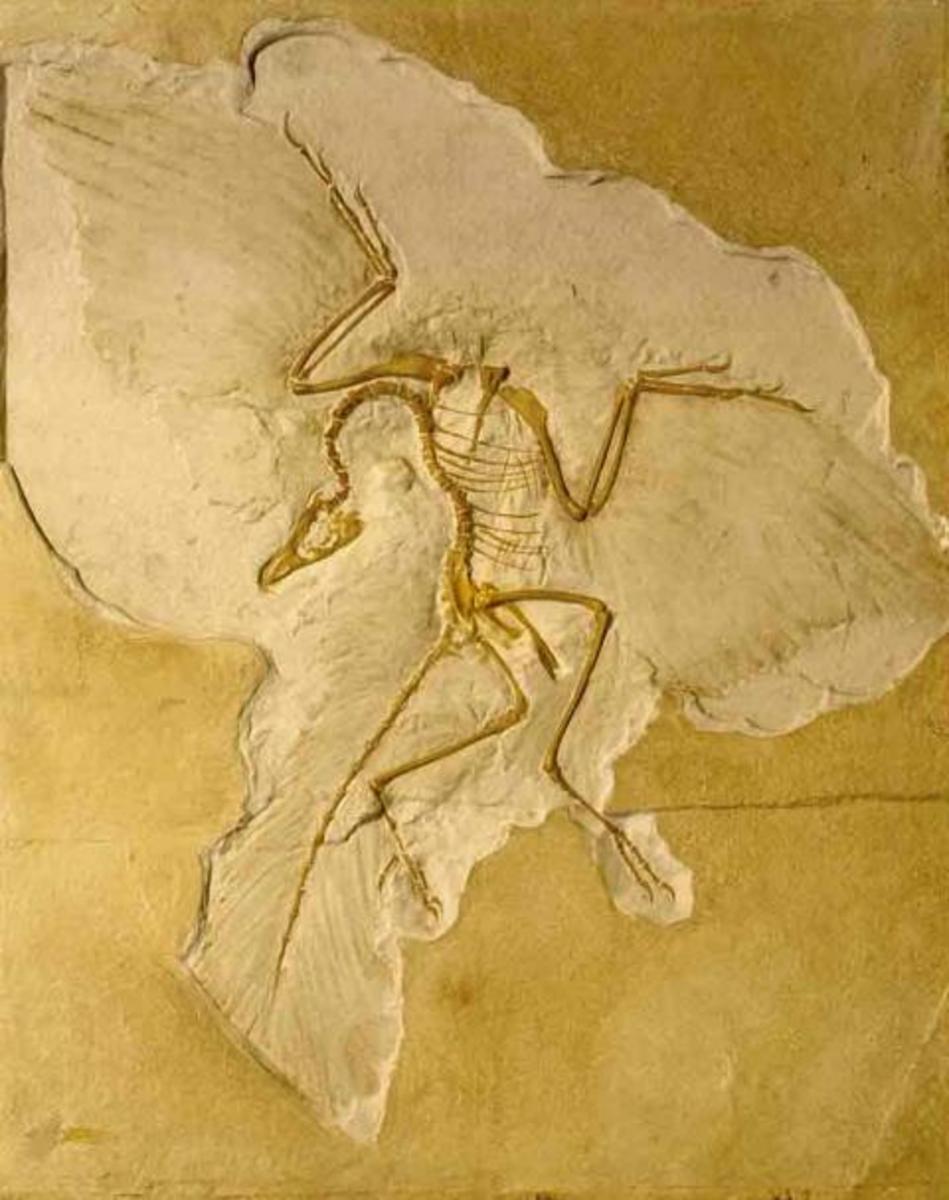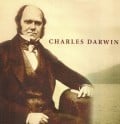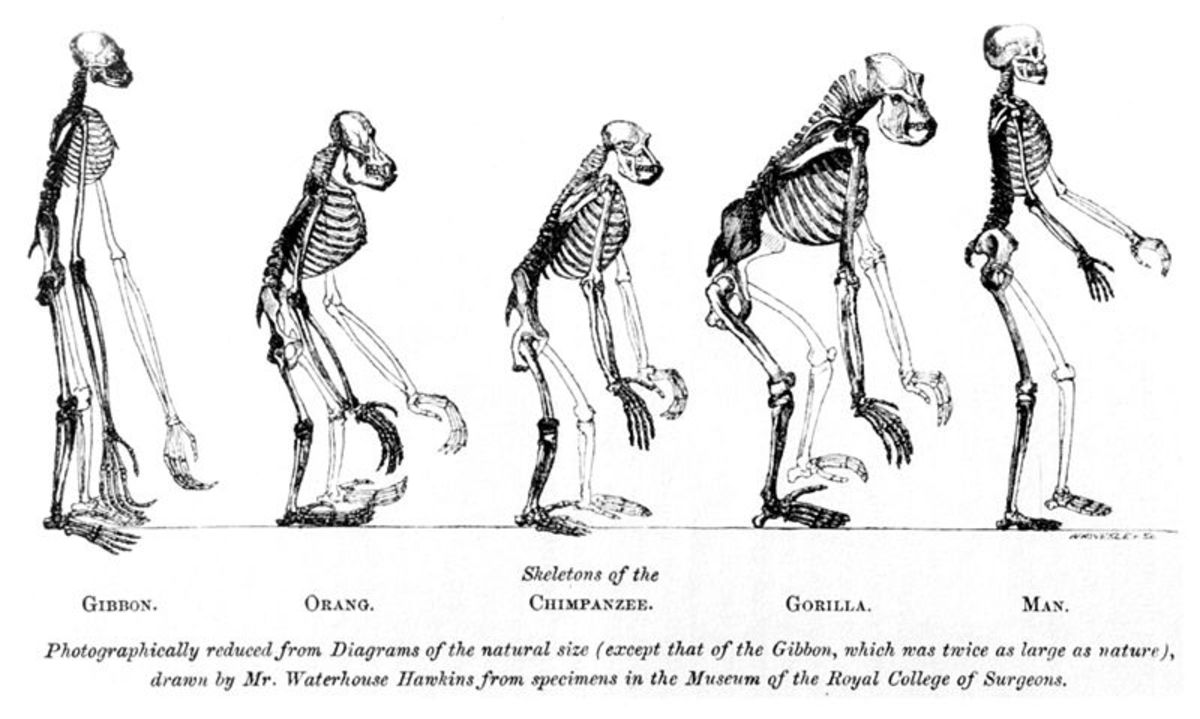Evolution is a Fact, Explained by a Theory
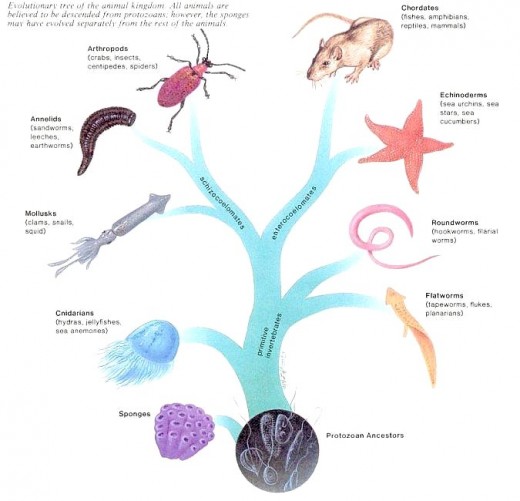
The Objective Reality of Evolution
Owing to the unremitting grip of religious literalism on human consciousness, many people still refuse to acknowledge their genealogical kinship with all of earth’s creatures. Such folks often argue that evolution is “just a theory”.
Sadly, that argument is as ignorant as it is illogical. While it is true that science has articulated a theory of evolution, to say that it is “just” a theory is to betray an ignorance of what science is.
Nor does it follow that evolution is “just a theory”.
Believe it or not, life on earth evolved, and continues to do so. This fact of evolution is incontrovertible.
As is the fact of ‘macroevolution’: the tree of life wherein all contemporary species, including Homo sapiens, share common ancestry.
Evolution is every bit as factual as the following:
“The earth orbits the sun”
“Matter is composed of atoms.”
“Light travels at a finite velocity.”
Like all facts, evolution is empirically evident, even if (like the three other facts noted above) only indirectly. And like all facts, it is explained by a scientific theory.
In fact, it is only through the elucidative power of scientific theory that indirectly-evident facts such as the heliocentric solar system, the atomic composition of matter, the speed of light, and evolution become known.
As I said, the loaded phrase “evolution is just a theory” betrays (or worse, seeks to take advantage of) a fundamental misunderstanding of what a scientific theory is. A scientific theory is not merely a belief, opinion or guess. Nor is it equivalent to a hypothesis. A scientific theory is a well-developed explanatory framework for understanding the world, based on a minimal number of naturalistic assumptions (self-evident “axioms”) that allow logical inferences to be made from a diverse assortment of empirically verifiable facts. A theory generates testable predictions, and affords insight into the wherefores of nature. In other words, it is a naturalistic model that explains objective reality.
Darwin's gift to humanity
So, the theory of evolution is a naturalistic model that explains the objective reality of evolution. The theory of evolution by means of natural selection was first published by Charles Darwin (1809-1882) in 1859. Before that time there were other theories, most famously that of Jeanne-Baptiste Larmarck (1744-1829). And Darwin actually scooped his contemporary Alfred Wallace (1823-1913), who independently came to the conclusion that evolution is driven by natural selection. So Darwin wasn’t the first to proclaim that life evolved—quite a few discerning observers had already come to that conclusion. What Darwin (along with Wallace) did was to provide the first scientifically compelling explanation for how it occurs. Moreover, Darwin’s theory begins to approach the question of ‘why’ life evolves (without quite answering it, as I discuss elsewhere), from an entirely naturalistic perspective.
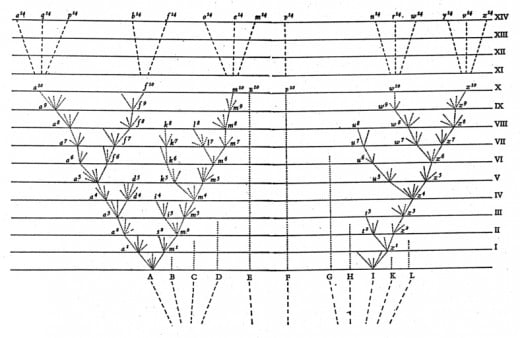
Darwin’s great gift to humanity was publishing his “abstract” On the Origin of Species by Means of Natural Selection, in which he shared the brilliant insight he had gained from reasoned consideration of a great many detailed observations of nature. Darwin’s one and only motivation in this endeavor was curiosity: he sought the truth. As a result of his labors, and by virtue of his insight, ‘the scales fell from our eyes’ (so to speak), allowing us to clearly see that every living thing on earth is related: we are one big family. If you haven’t read Origin of Species you owe it to yourself to do so. It represents one of the most significant intellectual breakthroughs in human history, and for that reason alone it should be required reading in the school curriculum.
The truth of evolution is manifest in the fact that two separate branches of earth science—geology and biology—have independently uncovered concordant records of the historical descent of life. For geology it is the fossil record, supplemented by information from known rates of mineralization and radioactive decay. For biology it is the genetic record, supplemented by information from anatomy, physiology, cell biology, and embryology. Here are but a few of the relevant observations:
Geological manifestations of evolution
The geologist Charles Lyell (1797-1875), a friend of Darwin and one of his major influences, recognized that sedimentary rocks containing fossils would take millions of years to form by contemporary processes. Thus, based on the uniformitarian assumption (i.e., that physical processes can be assumed to have operated the same way in the past as they do now) articulated earlier by James Hutton (1726-1797), fossils from deep sedimentary strata must represent life forms that lived many millions of years ago. This fact is substantiated by radiometric dating.
Furthermore, geological layers of sediment have distinctive signatures, allowing their horizontal correlation despite geographically differential erosion that exposes different surface layers in different locations. What paleontologists found was that fossils from the deepest (most ancient) layers were quite different than those from more shallow (more recent) layers. And as one ascends upward through layers, one can find a clear progression of life forms, with many modern forms appearing only in the upper strata. And fossil humans are only found in the very upper stratum—their recovery entails barely scratching the surface.
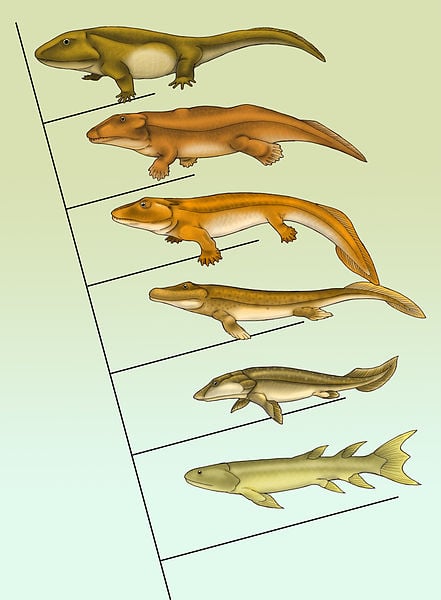
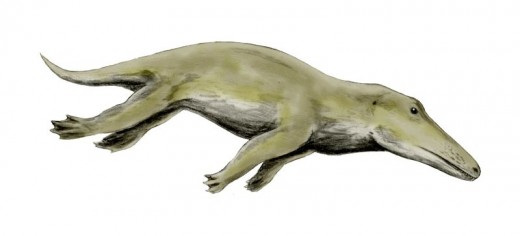
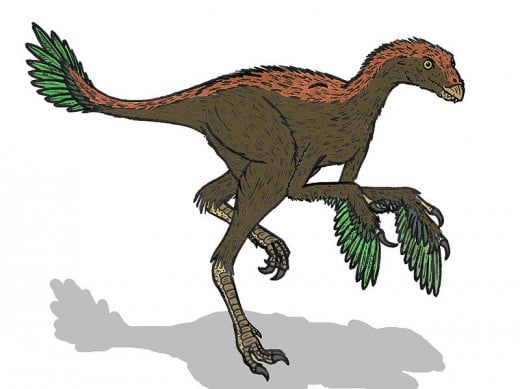
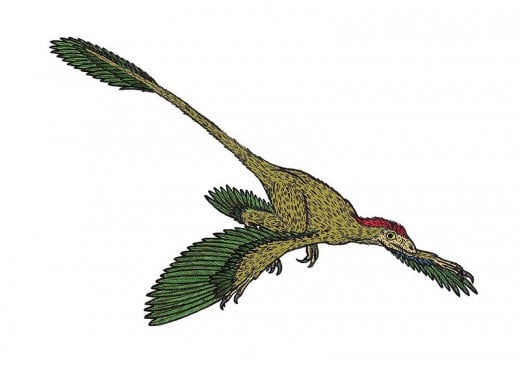

Folks who don’t want evolution to be true often claim that there is no evidence that evolutionarily transitional forms of life ever existed. They are mistaken: the fossil record is replete with transitional forms, known aptly as “transitional fossils”. To name but a few of the more famous examples: Archaeopteryx (one of the first discovered, transitional between dinosaurs and birds), Titaalik (transitional between fish and land vertebrates), and Ambulocetus (the “walking whale”, transitional between land mammals and whales).
Evolution deniers have argued that these are not transitional fossils, because (1) fossils with completely modern features have been found in sediments contemporary with, or older than, those in which the transitional fossil was found, and (2) the transitional forms are not truly transitional (e.g., Archaeopteryx was fully a bird, not a dinosaur). But these arguments are false, as they are based on a simplistic misconception of evolution, and hence an unrealistic expectation of what a transitional fossil should be. A transitional fossil is simply evidence that at one time there were organisms with features similar to those of two completely different modern groups. That the fossilized creature may well have been an evolutionary “dead end”—and not the actual transitional species—is irrelevant. The branching pattern of evolution and the rarity of fossilization are such that it is extremely improbable to find fossils that represent actual transitions. What would be expected however is that in strata from the distant past, fossils will be found that are more or less similar to two different existing groups. And this is exactly what we find: for example, there are now fossils indicating that many therapsid dinosaurs—an extinct family of reptiles that included Tyrannosaurus rex—had bird-like feathers, indicating that birds are in fact (descended from a sub-group of) dinosaurs. The specification hierarchy is: {dinosaurs{birds}}.
The spectacular ‘Cambrian explosion’ of animal fossils is also cited by evolution deniers as being inconsistent with evolution, as is the phenomenon of ‘punctuated equilibrium’—long periods in which life forms remain unchanged, punctuated by abrupt periods of change. But these fallacious claims are also based on a misconception of the evolutionary process, coupled with complete ignorance of developmental genetics. The latter field has taken a quantum leap in just the past 20 years, and has been integrated into evolutionary theory. Current theory actually predicts what is observed: an initial explosion of diversity, followed by rapid winnowing and punctuated equilibria over time within the successful lineages. And to understand why that is we have to turn to biology.
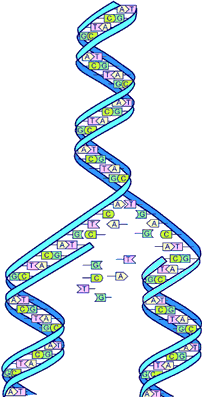
![Phylogenetic tree of life on earth (by self-made [GFDL (www.gnu.org/copyleft/fdl.html)) or CC-BY-3.0 (www.creativecommons.org/licenses/by/3.0)], via Wikimedia Commons Phylogenetic tree of life on earth (by self-made [GFDL (www.gnu.org/copyleft/fdl.html)) or CC-BY-3.0 (www.creativecommons.org/licenses/by/3.0)], via Wikimedia Commons](https://usercontent2.hubstatic.com/4318825_f520.jpg)
Why it is important that we acknowledge our animal nature
The fact that human beings are animals was self-evident long before Darwin articulated his theory of evolution: Homo sapiens fulfill all of the defining criteria required for inclusion in the animal kingdom. The argument that we are unique and different from all other animals is entirely irrelevant—the same can be said for any animal species, each of which has unique attributes and talents. The specification hierarchy is {animal{human being}}.
So what makes us different from our non-human cousins? The religious answer is of course that human beings, unlike other animals, supposedly have a “spirit” or “soul”. Since such a thing is not definable, it is not testable, and therefore not scientific. There are on the other hand a number of reasonable scientific theories that explain the uniqueness of human experience. My favorite is that of Julian Jaynes, which holds that the human talent for art, science and technology (and the attendant illusion of duality between ‘soul’ and body) manifests our unique metaphor-based consciousness, which developed concomitantly with our complex language. Our predilection for religion is probably a vestige of an earlier pre-conscious mentality that also developed along with language, and which was similar in many ways to modern day schizophrenia (which in this light can be seen as an atavism)--although the condition was then the culturally-supported norm, and hence not viewed as a mental illness. Thus, ancients who heard the voice of God were being quite literal—that is, they literally heard a voice speaking to them, which they attributed to their god. Only, as in schizophrenia, it was a hallucinated voice, coming from inside their head. And amazingly, the hallucinated words that those ancient poets wrote down in authoritative texts are to this day interpreted literally by religious fanatics, who as a result are driven to deny objective reality.
Despite our unique consciousness, we are animals—a species of great ape—and it is important that we acknowledge that. For if we do not, then not only do we fail to recognize the rather awe-inspiring fact that we are related to all other life on earth, but we fail to truly know ourselves. Our animal nature explains much about us, including the shadow selves that we would rather not think about. And if we don’t acknowledge the shadow, we won’t ever transcend or control it. And being the wild animal that it is, it will continue to wreak havoc.
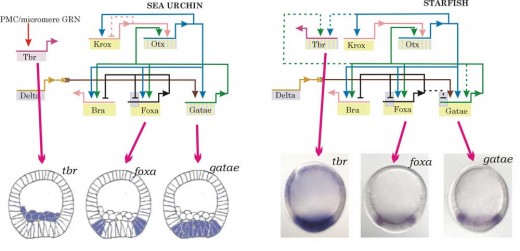
Biological manifestations of evolution
The historical information of life is recorded in the linear sequence nucleotides—A, C, G, and T—that make up the DNA molecule. Because of that fact we can deduce the history of life by measuring the progressive divergence between the genomic DNA sequences of diverse organisms. Recently Diethard Tautz and colleagues developed a method of “genomic phylostratigraphy”, described as “a statistical approach for reconstruction of macroevolutionary trends based on the principle of founder gene formation and punctuated emergence of protein families”. The approach uses well-established phylogenetic trees (constructed from matrices of character similarities, including DNA sequence, among different organisms) and fully sequenced genomes from diverse organisms to deduce the phylogenetic point of origin of each of an organism’s genes. Thus for example, some genes will be shared among all eukaryotes (life forms based on nucleated cells), others among animals and fungi but not plants, and still others only among animals. From this it can be deduced that some genes were inherited from the common ancestor of all eukaryotes; others from the common ancestor of animals and fungi; still others from the common ancestor of all animals. The approach is thus analogous to geological stratigraphy—hence the name.
The late Stephen Jay Gould predicted in the 1970s that macroevolutionary changes in animal form would involve “regulatory genes”—i.e., genes that regulate the ontogenetic activity (“expression”) of other genes—which control developmental timing and patterning. Mutations in such genes had been found to cause dramatic changes in the development of fruit flies (e.g., producing an extra pair of wings), suggesting that only small genetic changes were needed to account for the relatively rapid changes in form observed periodically in the fossil record. In the early 1980s it was discovered that the DNA sequence of one class of such genes—the homeobox (“Hox”) genes—is conserved between flies and humans. This was quite surprising at the time, because it had been assumed that evolution was based on gradual changes in DNA (and hence protein) sequences. Since then high conservation of DNA sequence among families of regulatory proteins has been found to be the norm. Moreover, sequencing of many animal genomes has shown that a basic toolkit of ~20,000 proteins is highly conserved among all animals, from sponges to humans. And this includes proteins that (like Hox proteins) regulate gene expression. So what gives? If all animals have a similar genetic toolkit, how does evolution work?
The key is found in developmental biology. No, ontogeny does not recapitulate phylogeny, as famously suggested by the German naturalist Ernst Haeckel (1834-1919). But embryos of different species within the same class do generally pass through a stage where they are quite similar in appearance, much more so than either the adults or the earlier developmental stages. For example, like fish, embryos of terrestrial vertebrates all develop through stage of possessing a notochord and gill arches. This is referred to as the “phylotypic stage”. A recently published phylostratigraphic analysis of Domazet-Loso and Tautz showed that the most ancient genes specific to the class are expressed at this stage, whereas more recently evolved (e.g. family-specific) genes tend to be expressed at the divergent earlier and later stages. This indicates that the phylotypic stage is a genetically entrenched developmental “bottleneck” that modern species inherited from a common ancestor.
To understand why such a bottleneck exists, you have to know something about how genes control organismal development. They do so through ‘gene regulatory networks’ defined by DNA sequence-specific interactions between genes, mediated by sequence-specific DNA binding proteins called ‘transcription factors’. For example, Hox proteins are a family of transcription factors important for pattern formation during animal development. Gene regulatory networks constructed by DNA sequence-specific interactions encode algorithmic control circuits that direct development along a specific trajectory in response to local environmental cues experienced by the cells and tissues within a developing embryo. They represent the “hardwiring” of development. The networks are evolvable however because they are modular, such that some circuits can be used as ‘plug-ins’, directing similar processes in various different contexts. The evolutionary co-option of a module for a new purpose can occur with relatively minor mutations. On the other hand, ‘master-control’ circuits exist that control a whole suite of processes—for example, eye development. And such circuits tend to be the most deeply conserved in evolution (a phenomenon known as ‘deep homology’), and the ones that are deployed during the phylotypic stage. For example, a gastrulation (formation of the gut) in sea stars and sea urchins, whose common ancestor lived ~500 million years ago, is controlled by the same genetic regulatory circuit.
And this helps explain macroevolutionary patterns such as the Cambrian explosion and punctuated equilibria. The common ancestor of all animals appears to have existed ~700 million years ago, so the gene regulatory networks that control animal development have had many billions of years to independently evolve (calculated as the sum of all the tree branch lengths). During that evolution some gene regulatory circuits became deeply entrenched from the get-go, while others had more freedom to change. But the ones that become entrenched are a major constraint on what direction evolution can take going forward. So it is naïve to expect that it would be possible to transform contemporary species from one to another in the laboratory—that ship sailed long ago.
Yet another important piece of the puzzle fell into place with the recent discovery of microRNAs, small pieces of RNA (about 21 nucleotides long) that bind sequence-specifically to gene transcripts (mRNAs), and by virtue of that binding, prevent translation of the transcript into protein. In other words, microRNAs suppress the expression of specific genes. One of the results of their doing so is to make the gene expression less noisy, i.e., more precise. Intriguingly, unlike the repertoire of genes that encode proteins, which is more or less the same among all animals, the repertoire of microRNA genes increases progressively through animal evolution, with the emergence of each new lineage accompanied by an expansion of the microRNA repertoire. Moreover, the diversity of microRNAs in an animal is proportional to the relative complexity of that animal—for example, vertebrates have a microRNA repertoire that is much larger than that of their closest invertebrate relatives; bilaterians have more microRNAs than cnidarians; and cnidarians have more than sponges. So it appears that microRNAs may have played an important role in the evolution of animal complexity.
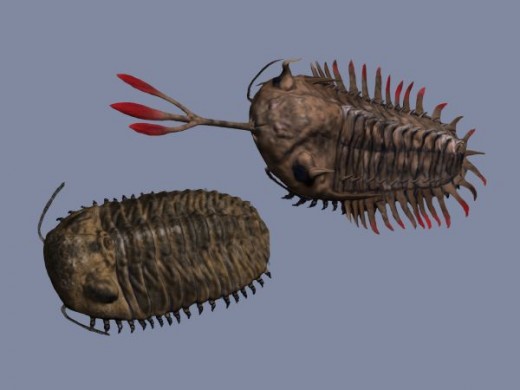
Moreover, they may help explain the winnowing of morphological diversity following the Cambrian explosion of animal life. An illustrative example of this pattern is provided by the evolution of trilobites, an extinct class of Arthropods that originated in the Cambrian and existed for 300 million yeas until the end of the Permian. Because of their small size and hard exoskeletons, trilobite fossils are numerous and particularly well-preserved. What has been found is that intraspecific morphological variety was much greater among Cambrian trilobites than among trilobites of later epochs. This may be explained by the cumulative evolution of microRNAs, which would have resulted in more consistent patterns of gene expression, and hence more precise development resulting in less morphological variation. But this would have come at a cost—more genetic entrenchment, and hence less developmental plasticity, meaning decreased evolvability. And so like many other entrenched life forms, trilobites became extinct when the proverbial shit hit the fan (when the bolide hit the earth) at the end of the Permian.
To make a long story short, the theory of evolution has come a long way since Darwin. We now have many more fossils, we know the physical basis for genetic inheritance, and we know how it works to reproducibly generate a complex multicellular organism from a single cell zygote. Darwin didn’t have the benefit of this knowledge. Which is a testament to the brilliance of his theory: for the vast amount of scientific knowledge that has accumulated since the publication of Origin of Species a century and a half ago has done nothing but strengthen that theory, making obvious the objective reality of evolution.
What evolutionary theory does not (yet) explain
The renowned evolutionary biologist (and Christian theist) Theodosius Dobzhansky (1900-1975), one of the architects of the modern synthesis of genetics and evolutionary theory famously said that “nothing in biology makes sense except in light of evolution”. He was absolutely right. And this is why the sophistic arguments of evolution deniers are, to any genuine biologist, utter nonsense.
Nevertheless, any honest biologist will also admit there are explanatory holes in the theory of evolution. The biggest concerns the origin of life from non-life—i.e., abiogenesis. We still do not know how that happened. And until we do, that gap in knowledge will remain a bastion of hope for those who prefer not to know.
There is actually a very good argument for why this is not a trivial problem, one that intelligent design sophists have undoubtedly latched on to. And that is this: unlike in non-living (abiotic) systems, in which information is entirely descriptive of structural constraints imposed by the laws of physics, the genetic information that characterizes life is algorithmically prescriptive (anticipatory), affording cybernetic control via arbitrarily configurable switches encoded in DNA. In other words, the genetic algorithms that control organismal ontogeny and physiology are completely arbitrary with respect to the laws of physics and chemistry. The scientific explanation for how those algorithms evolved is not found in physics or chemistry, but in biology: Darwinian natural selection. But as admitted by Darwin himself, natural selection does not explain their origin. It cannot, because natural selection presupposes the capacity for exponential growth via reproduction. And as far as we know that requires prescriptive information-bearing polymers such as DNA and RNA.
So, if physics and chemistry do not suffice to explain the origin of prescriptive information, and if such information evolves by natural selection only after it has already originated, how did it originate?
David Abel has termed this gap between non-life and life “the cybernetic cut”, the unbridgeability of which he sets forth as a null hypothesis that has yet to be invalidated by experimental evidence or theory. He has thus thrown down the gauntlet (and indeed, has offered a prize to anyone who can solve the problem).
Although it may be tempting to throw up ones hands and say abiogenesis is impossible (and thus that life must have been supernaturally created), it behooves us to recall that prior to the Wright brothers, many people thought that human flight was impossible, for the same reason: faulty assumptions that engender inadequate theoretical understanding. For any self-respecting scientist, the seeming impossibility of abiogenesis is nothing but an invitation to come up with a paradigm-changing idea that explains why our current limited understanding of nature makes it seem impossible. Nature is way bigger than our naturalistic models, so it would be silly to expect that our understanding is ever complete enough to know how everything works (or worked in the past). To invoke “supernatural” explanations for aspects we don’t yet understand is irrational, and a complete intellectual cop-out.
Here’s my idea for how the cybernetic cut was bridged: life not only evolves—it also develops. So along with a theory of evolution, we need a theory of development. By development I refer to a systemic trajectory of change that increases determinacy, and hence predictability. Development occurs in complex systems at many hierarchical levels, and is characteristic of change not only in biological systems, but in abiotic ones as well. Organisms clearly develop into existence. But so do tornadoes, galaxies, and the universe as a whole. And, I suggest, the evolution of life has entailed development at the level of ecosystems and phylogeny.
Unlike evolution, development explains why things don’t work quite the same way now as they did in the distant past—any more than an adult human works the same way as an infant. The Cambrian explosion clearly manifested the immaturity of animal life. With maturity many possibilities are lost. And many more (qualitatively different) opportunities are gained. The development of life is inconsistent with the uniformitarian assumption, at least as far as biology is concerned. The phenomenology of development doesn’t completely invalidate that assumption (e.g., it remains reasonable for geological processes over the past few billion years), but it does provide context that circumscribes its application.
I submit that common principles drive development in all complex systems—both biotic and abiotic—and offer a conceptual route toward bridging the cybernetic cut.
What are these principles?
I conclude by naming two that bear consideration. The first is reflexivity, or cybernetic causality—the agency of feedback. Feedback manifests whenever events substantially affect the probability of their own recurrence. Positive feedback cycles drive growth and, when energy resources become limiting, selection. Negative feedback produces definition. Development occurs whenever feedback cycles emerge. And given the deep combinatorial complexity of the universe, they are bound to emerge.
The second is the principle of maximum entropy production (MEP), an extension of the Second Law of thermodynamics. I argued in a previous hub that this Law and its attendant principle—the need to dissipate, and to do so as fast as possible given constraints—is the final cause of everything in this universe, including life.
So in closing I submit that because of complexity, reflexivity, and the Second Law of thermodynamics, life is inevitable whenever and wherever suitable initiating conditions exist. Given the size of our universe, I would expect life to be ubiquitous, a defining characteristic of the vast number of earth-like planets that undoubtedly can be found within the billions of solar systems in each of the universe’s billions of galaxies. With any luck humanity will find a way to test that hypothesis.
Further reading on this subject:
- Evolution and Creationism - My Take On Them and How I Arrived Here
Where do I come from? Why am I here? What is the origin of life? Should we look to science or to the Bible for answers? Or both? Did God create us, or did we evolve from simple sea creatures? Are we related...








